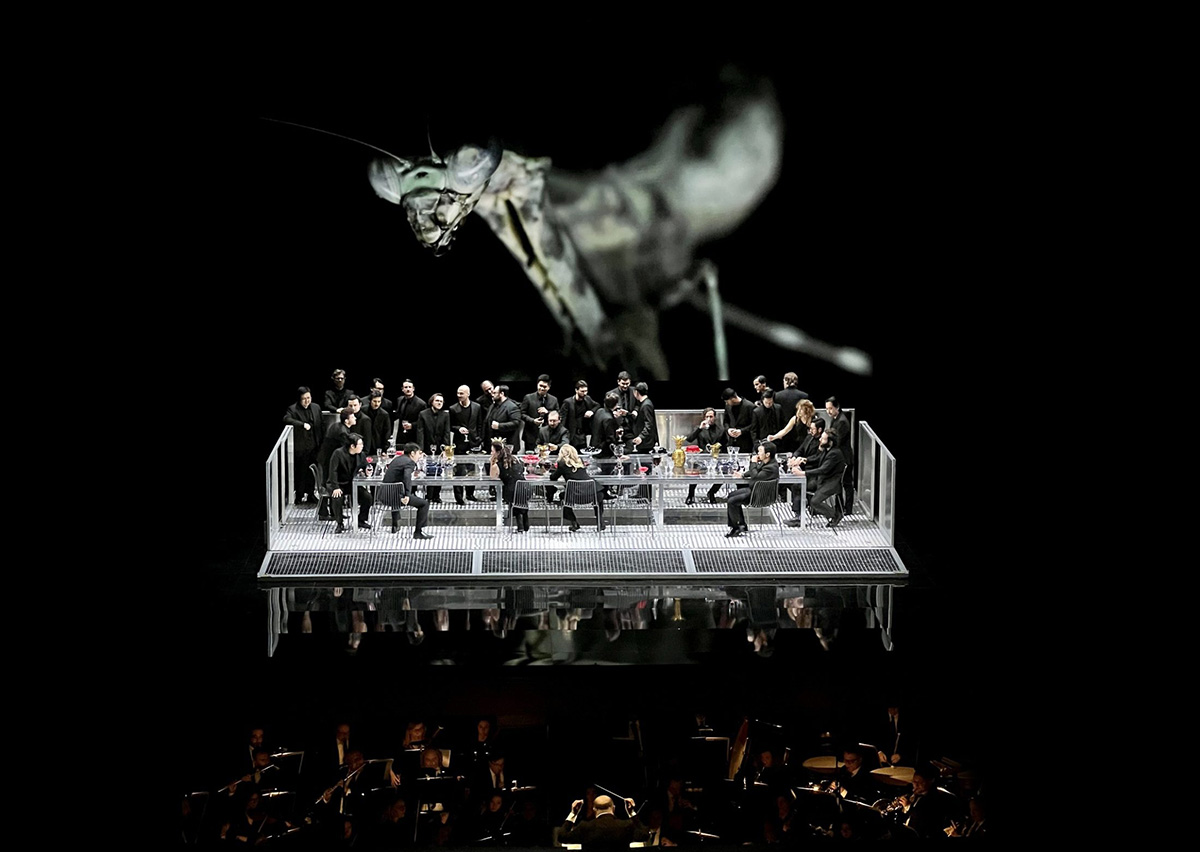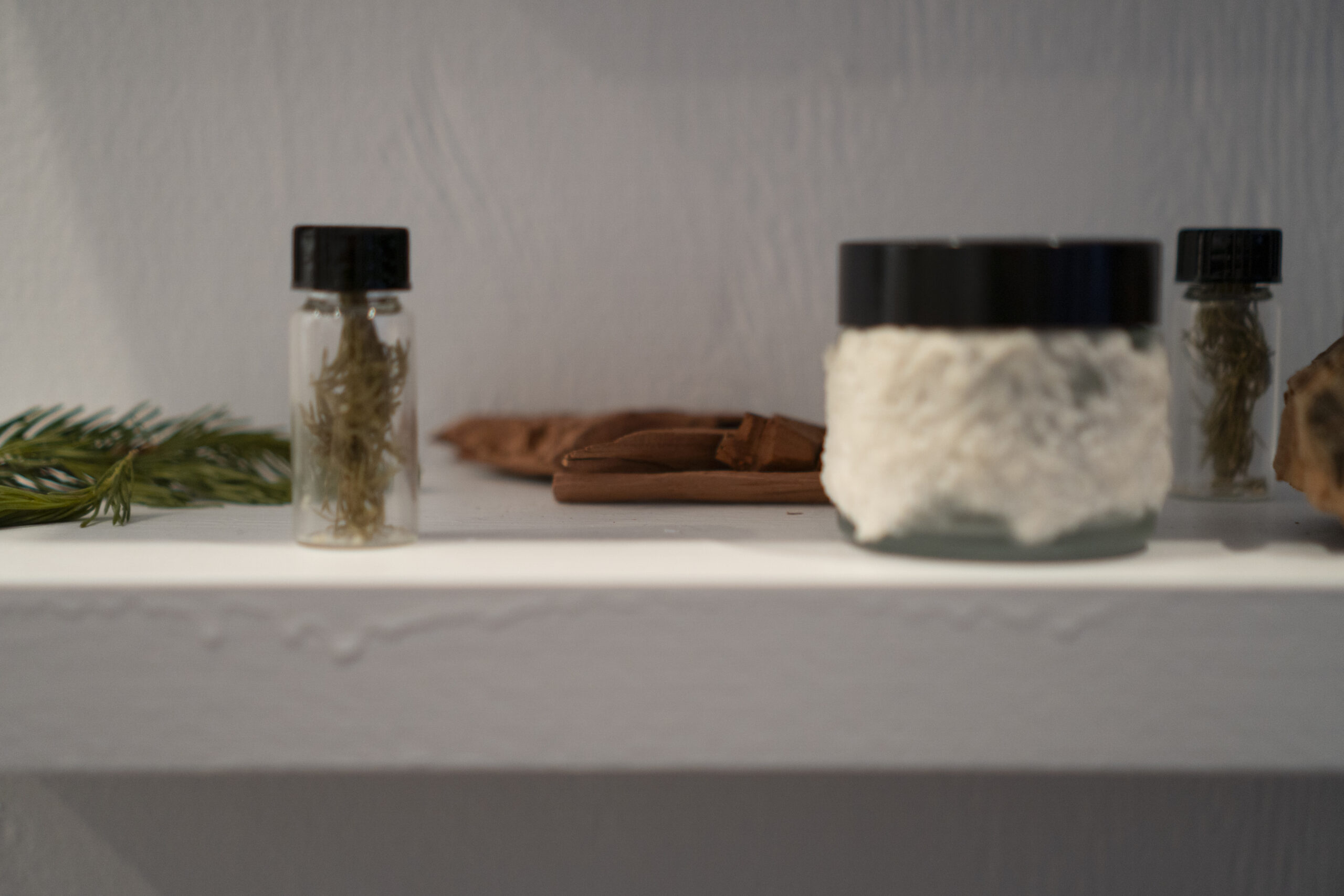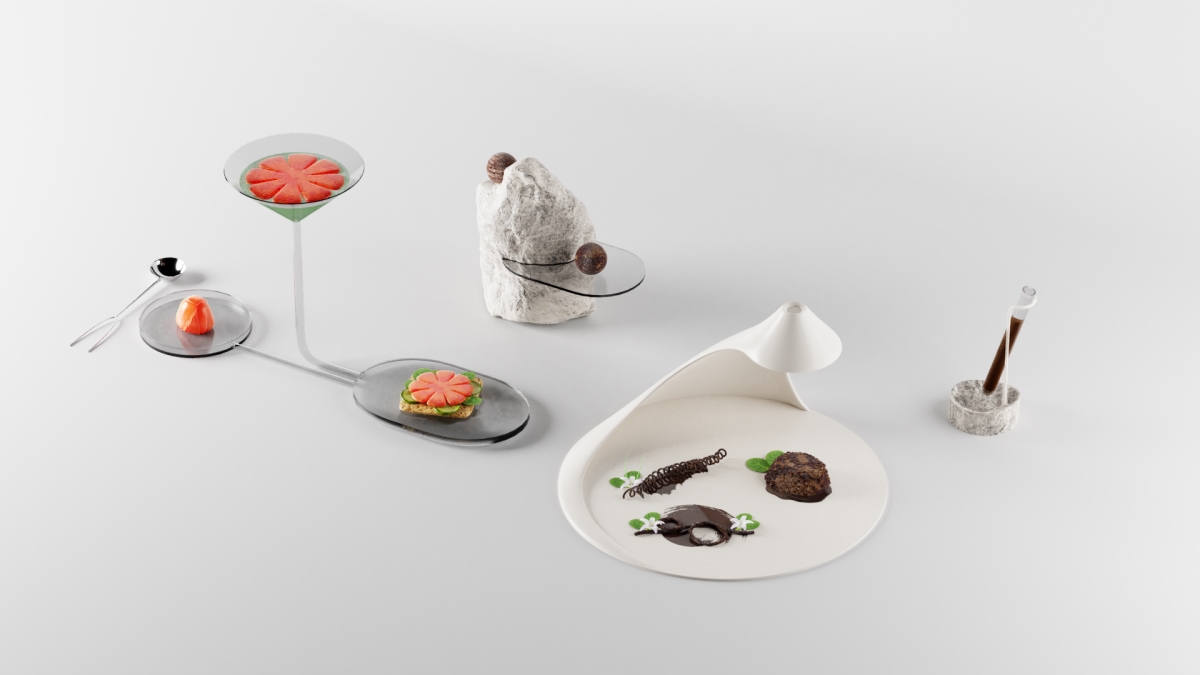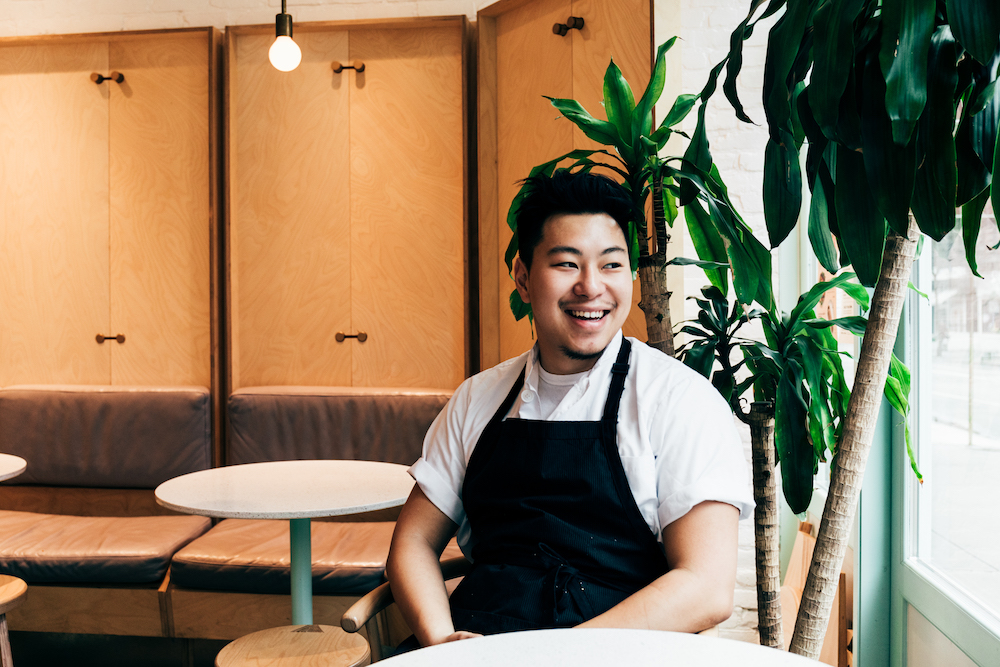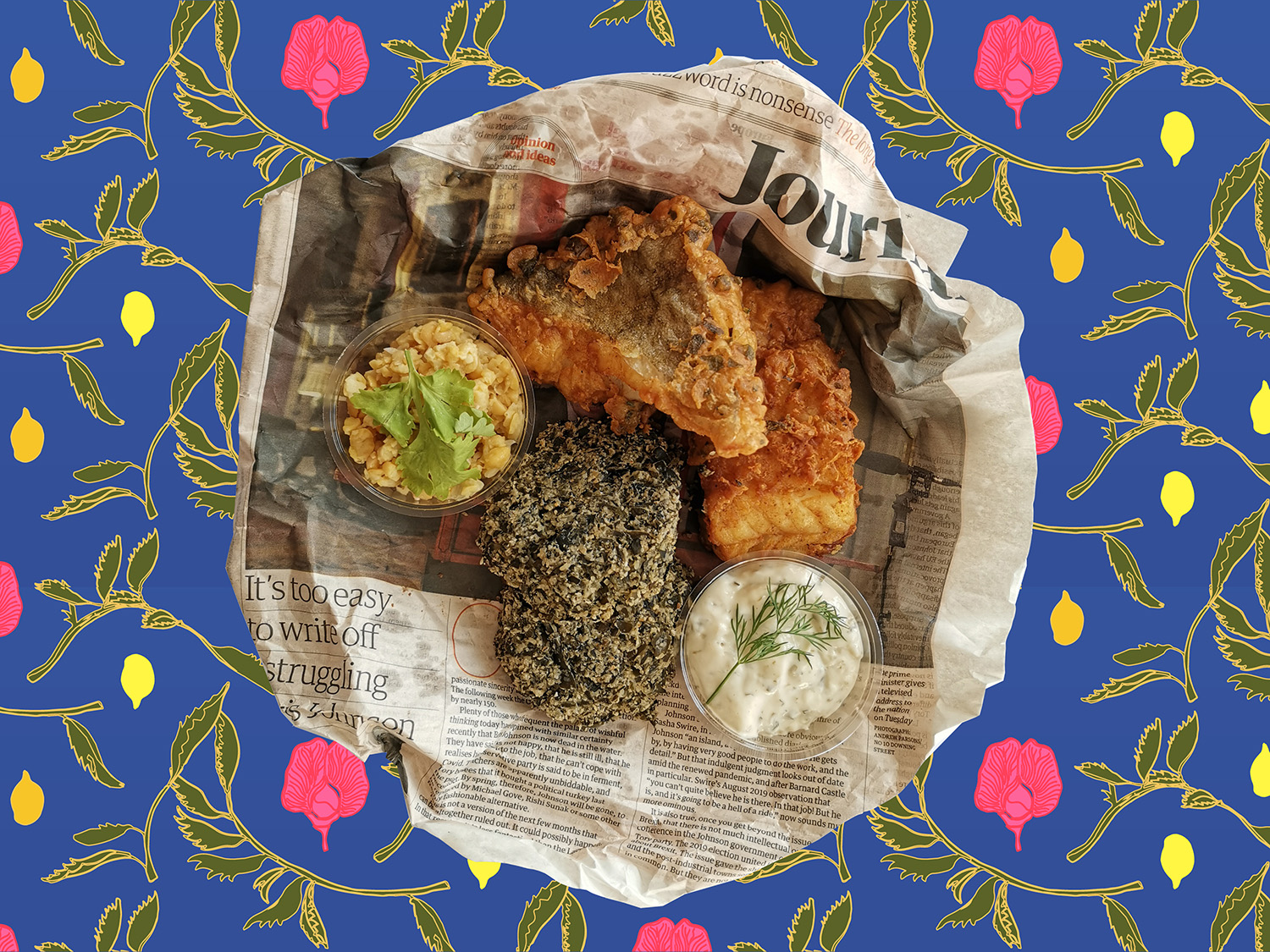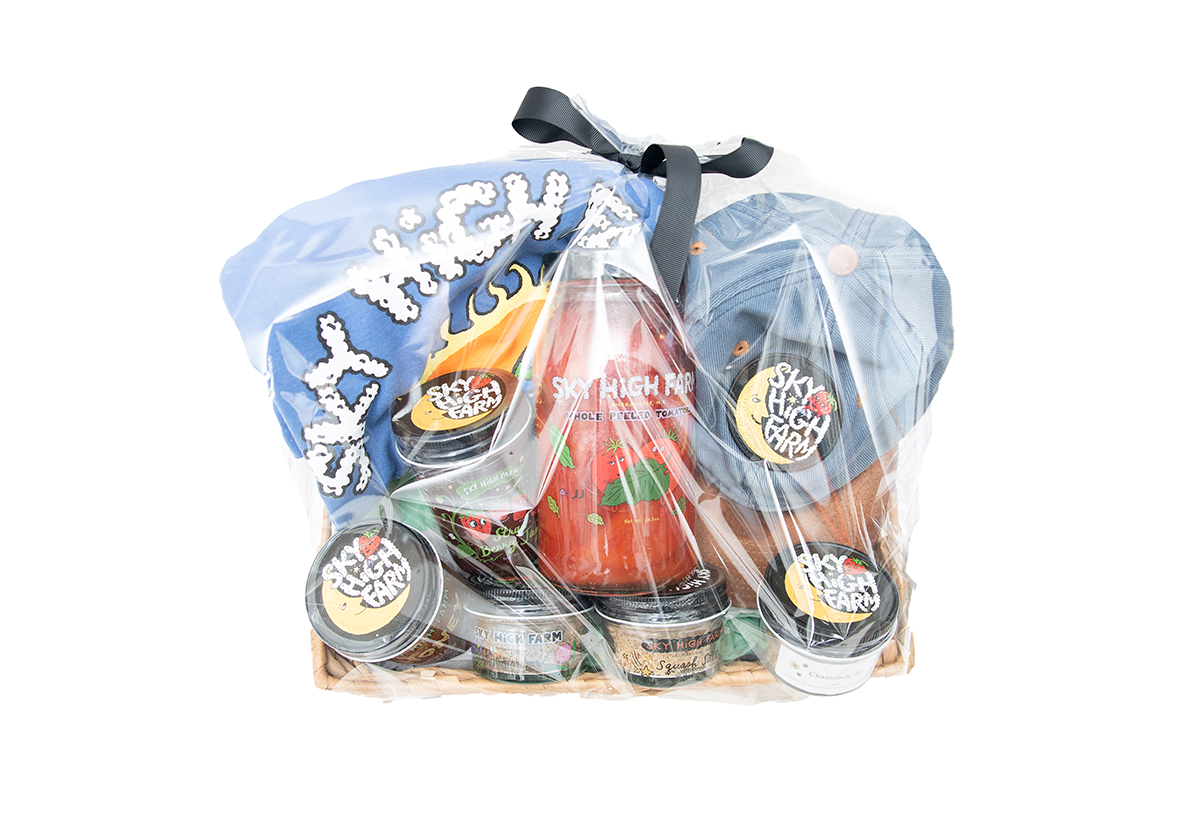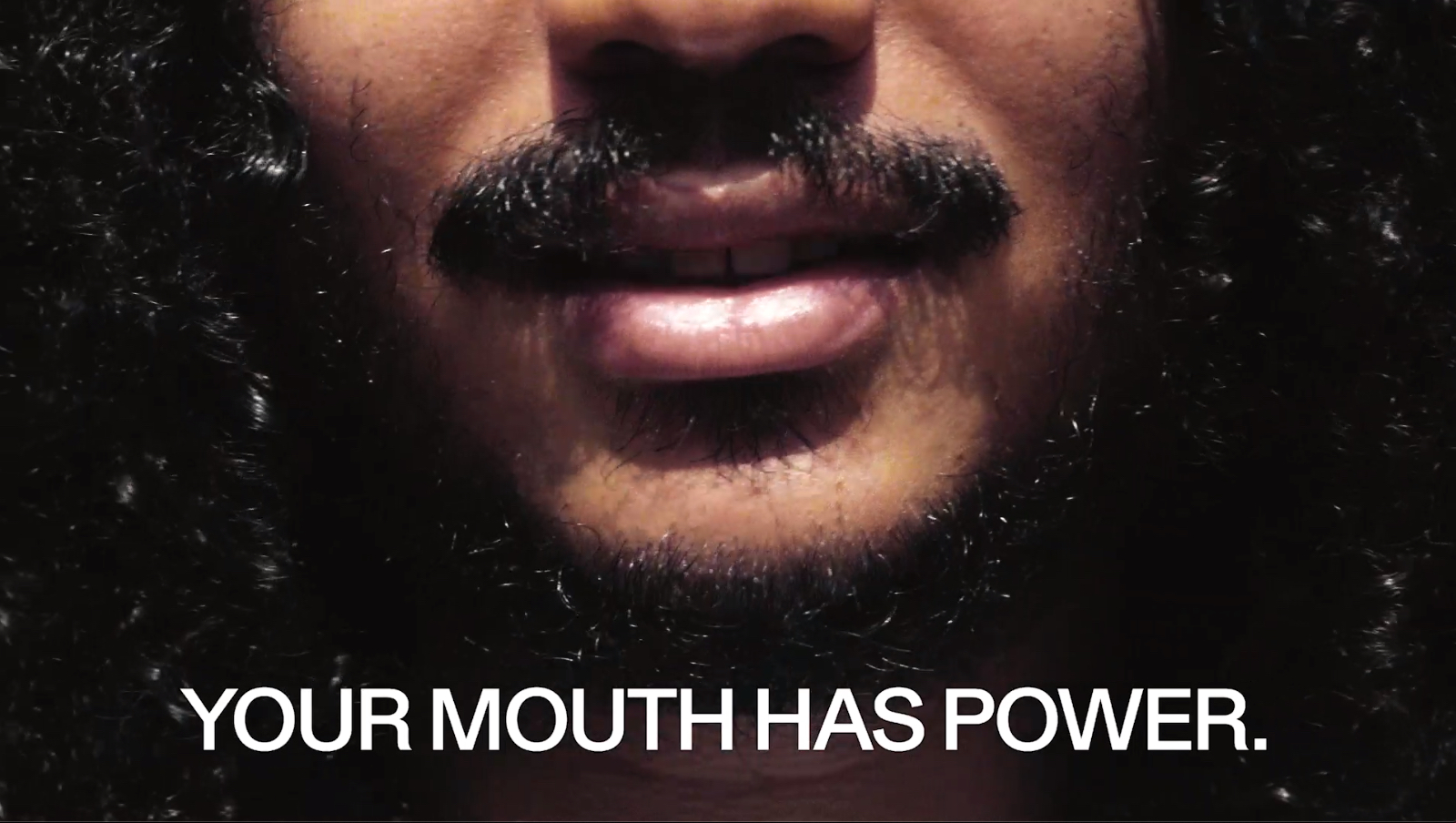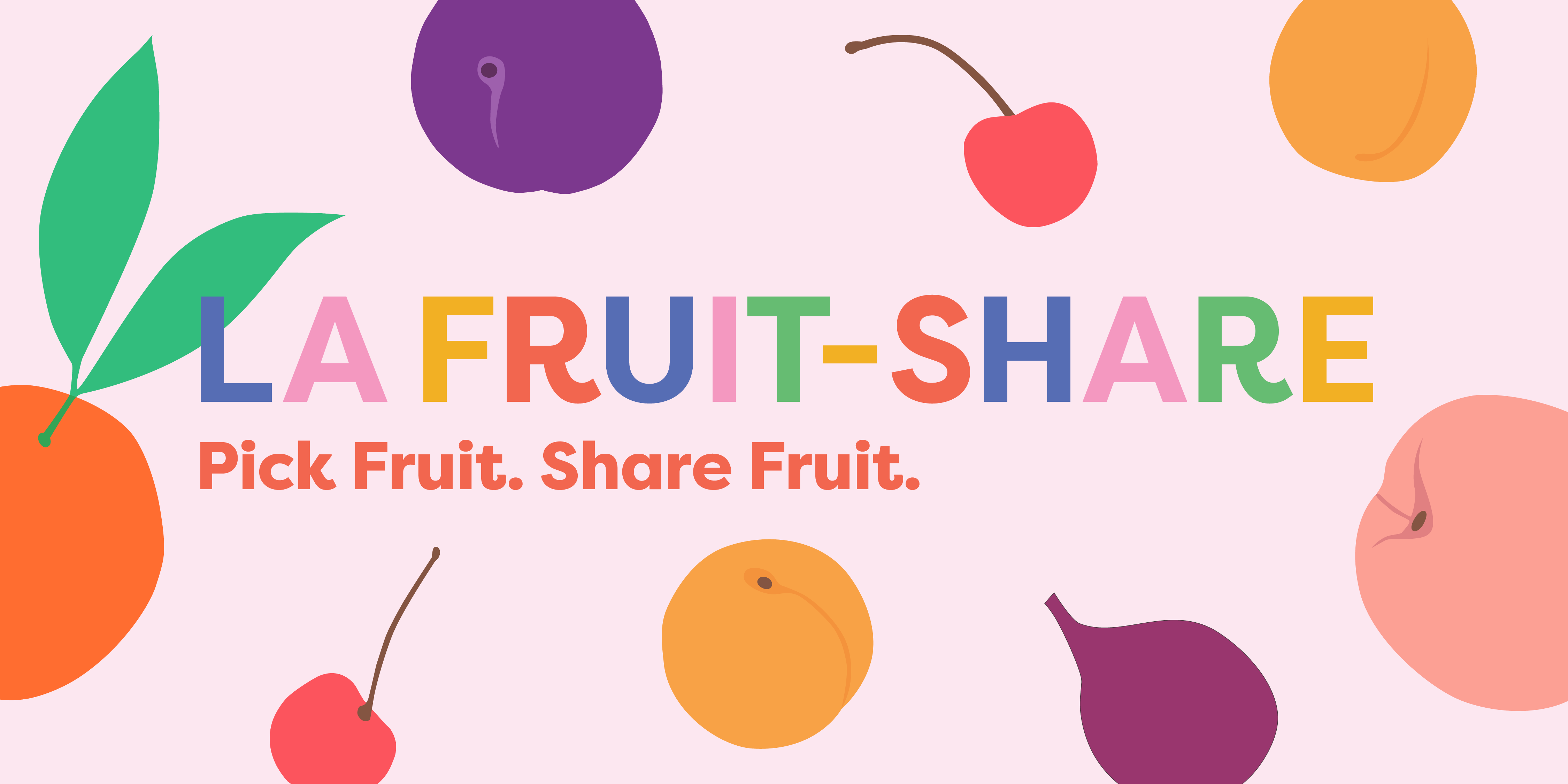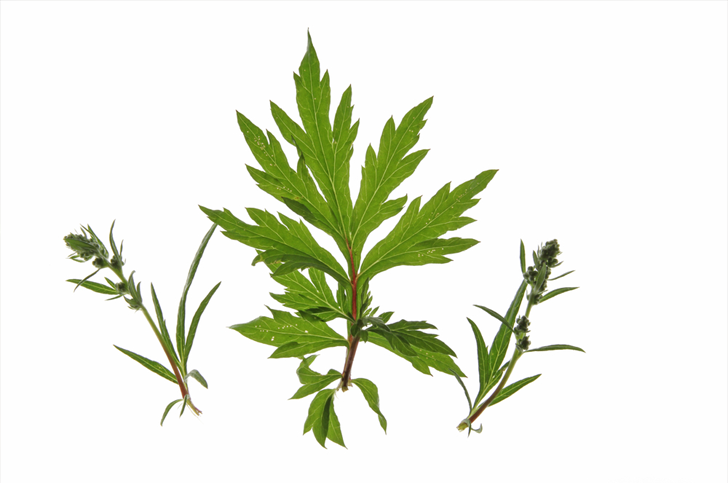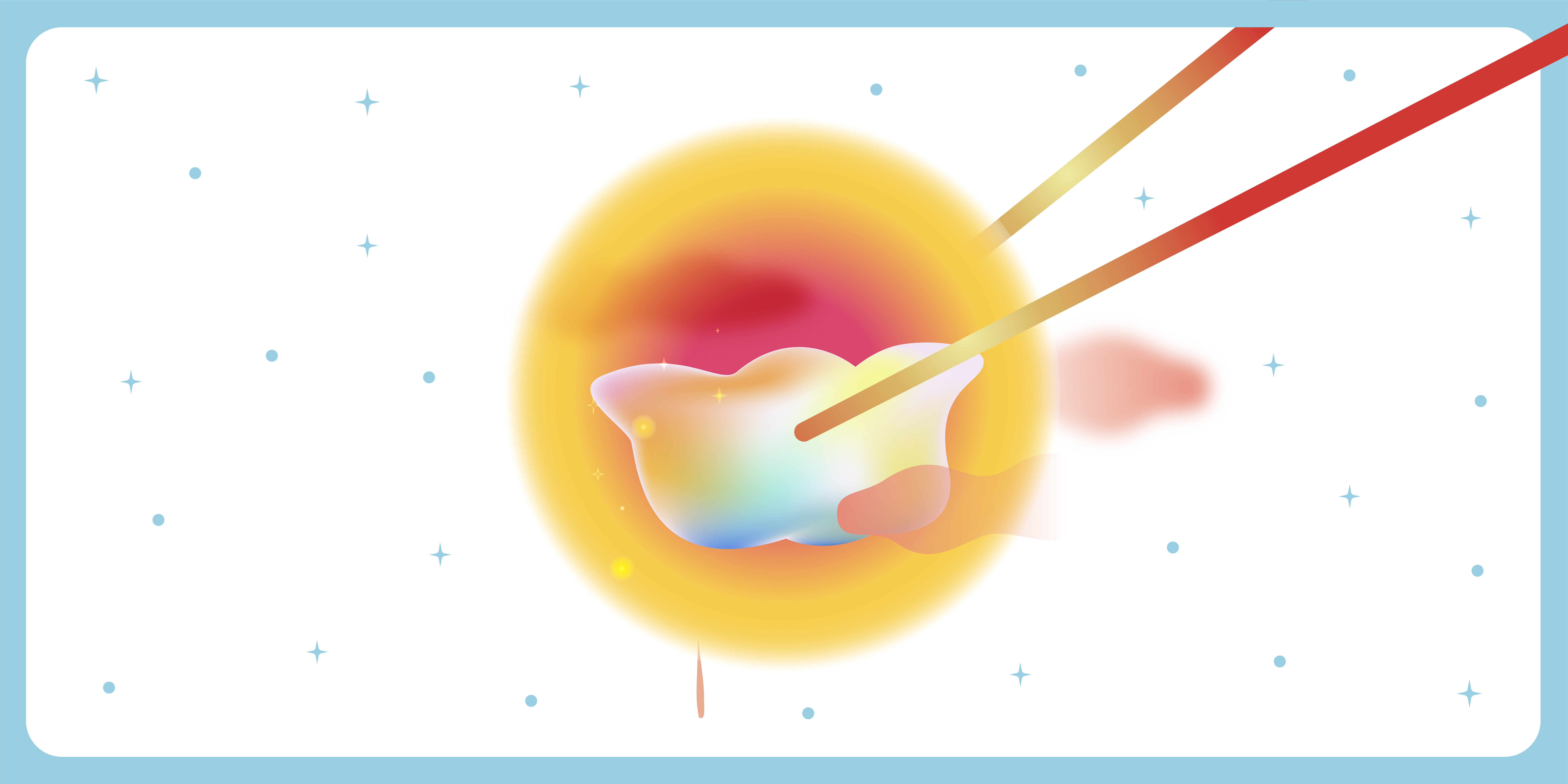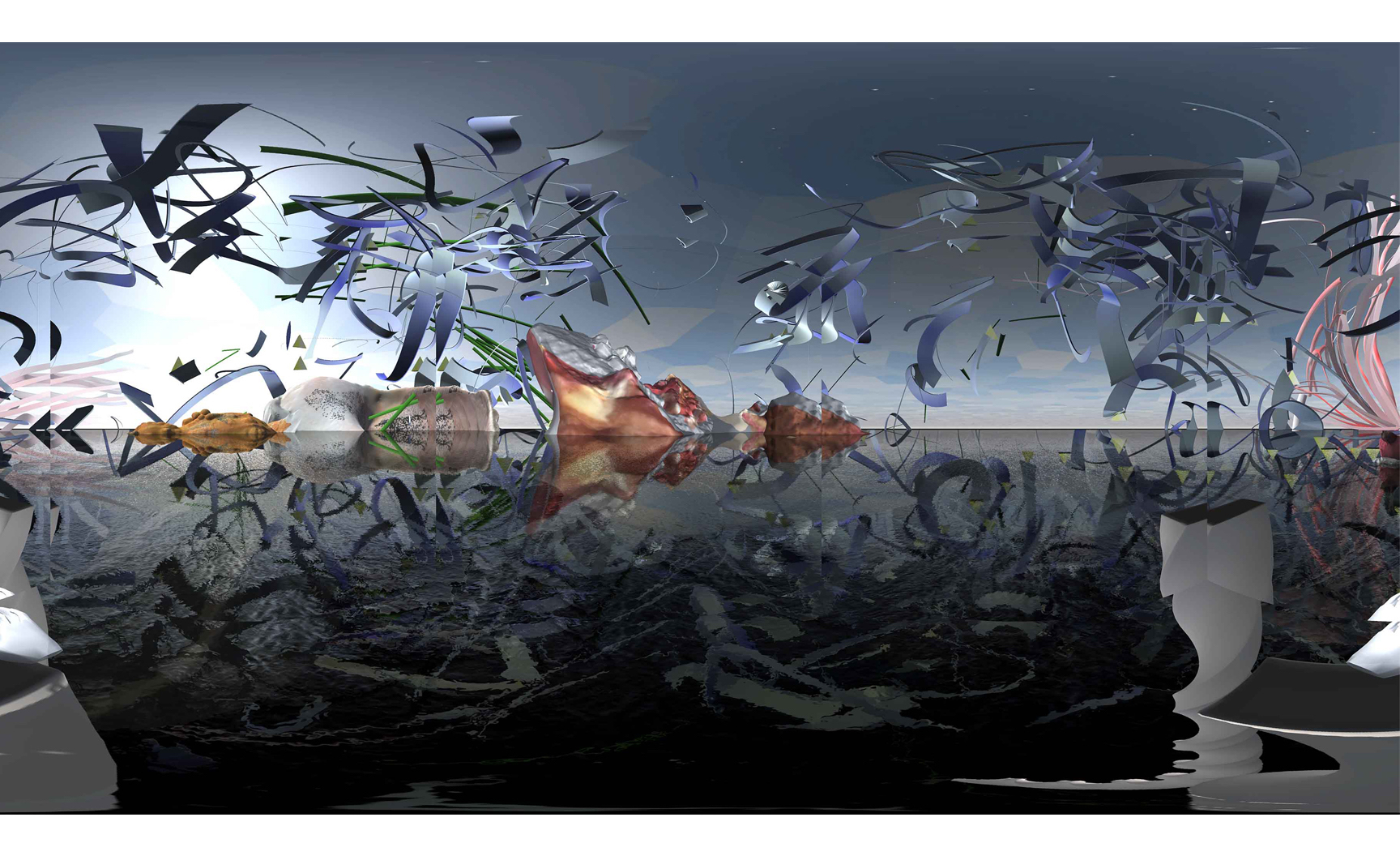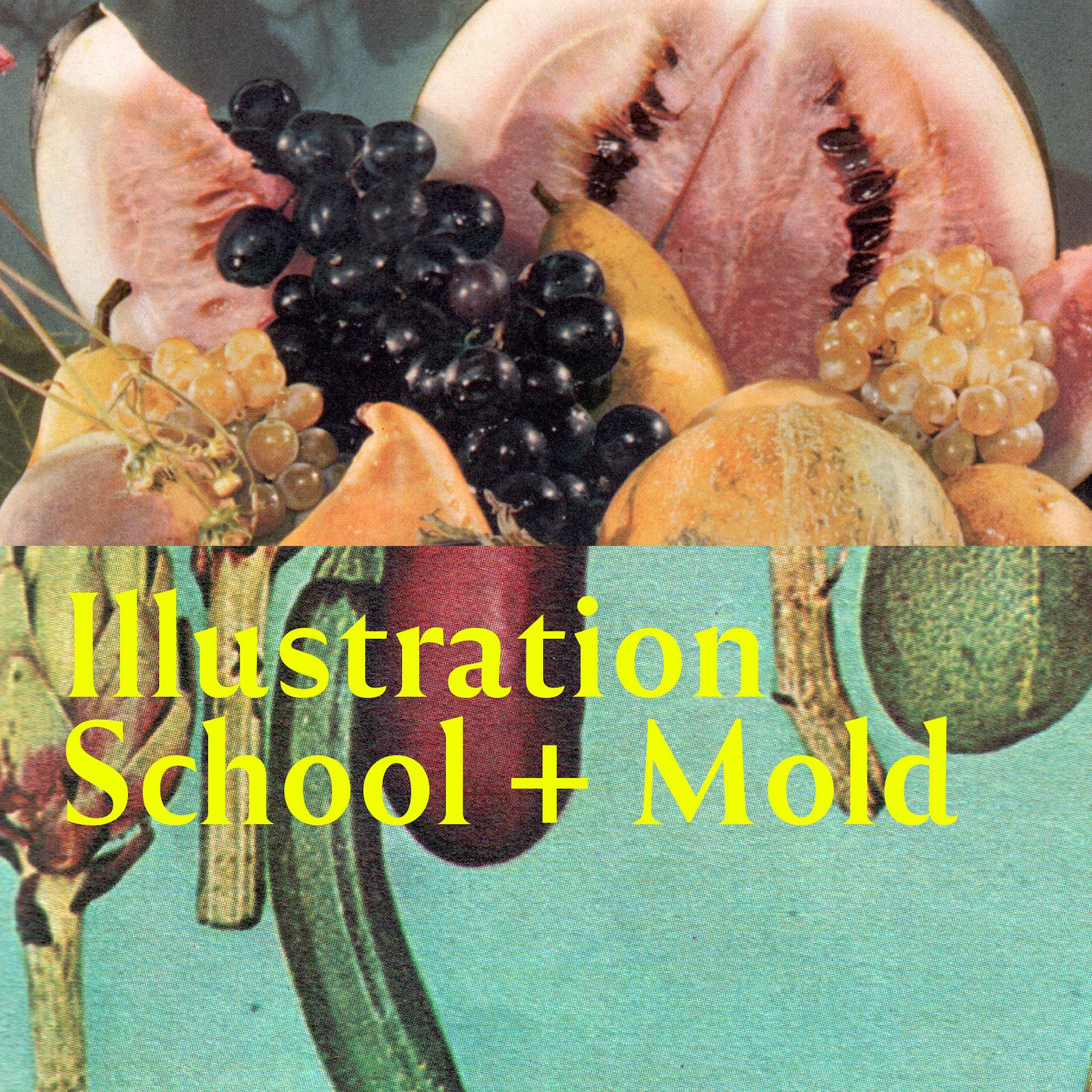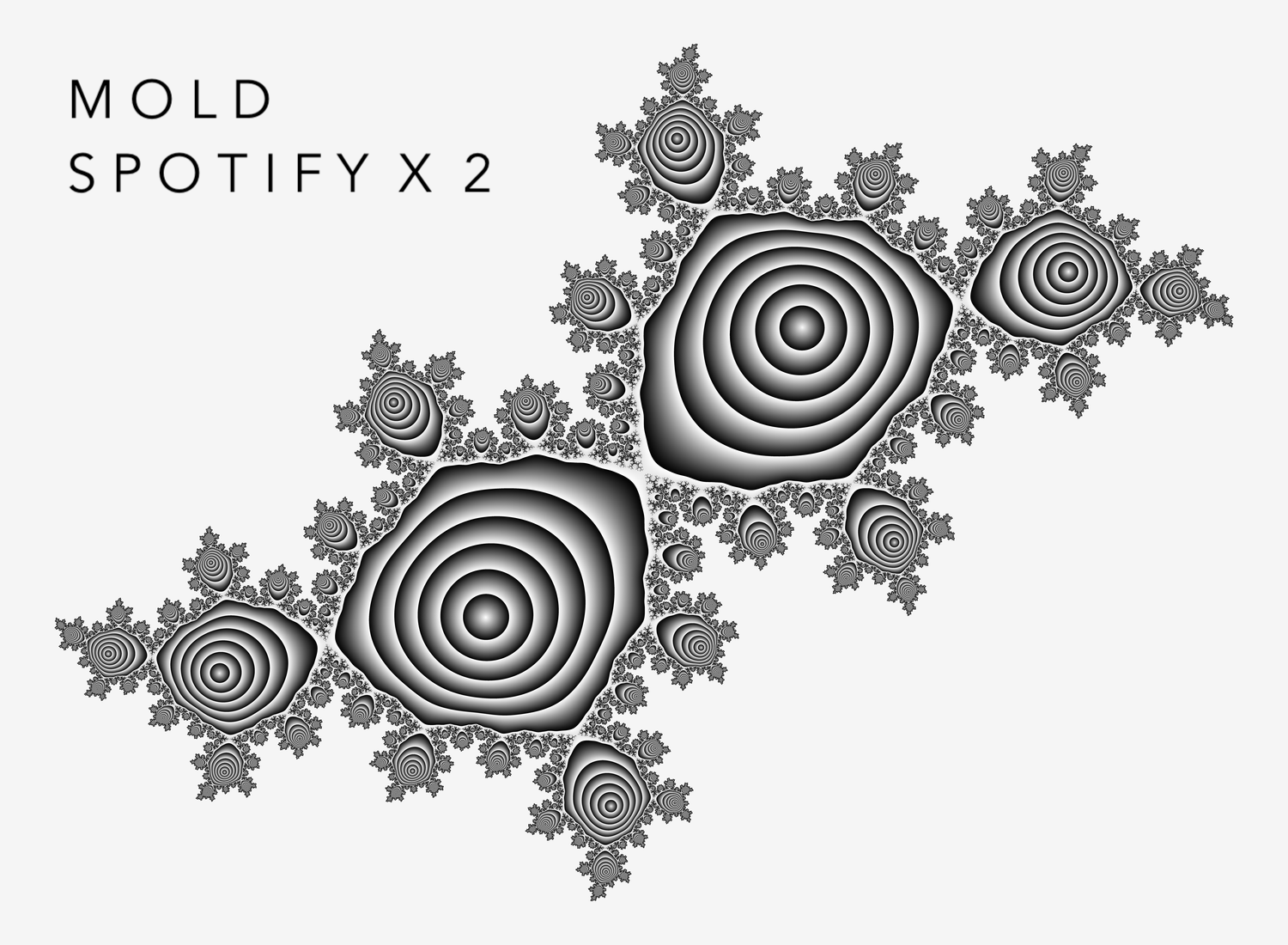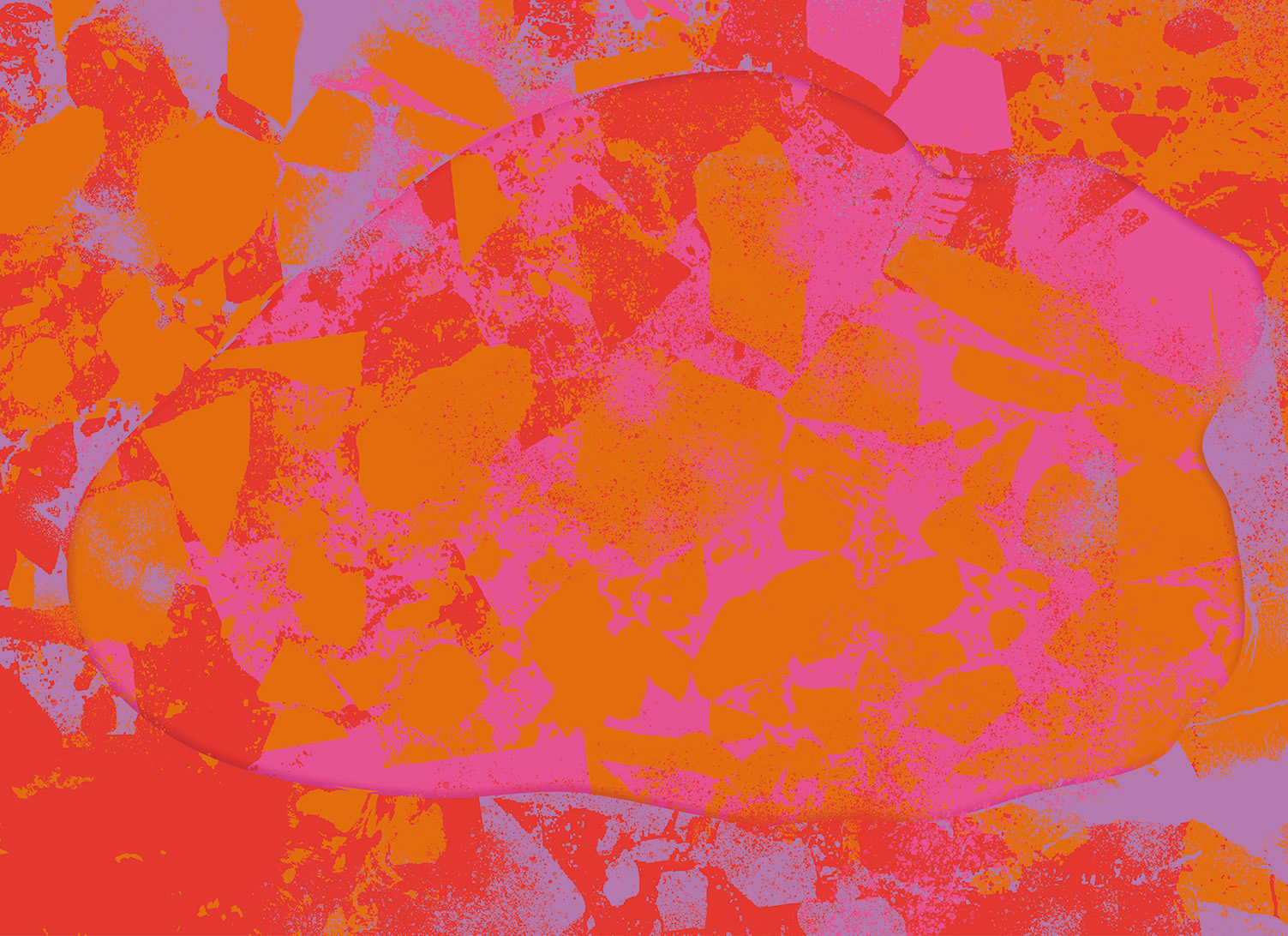This story is part of MOLD Magazine: Issue 04, Designing for the Senses. Pre-Order your limited edition issue here.
We’re in an age when healthy living through healthy eating is becoming mainstream. We’re beginning to move on from an obsession with diets toward a balance of wholesome foods with a muting of the fats and meats that have dominated fast food habits for the past half century. As Eric Schlosser first showed in Fast Food Nation, that dominance was built squarely on flavor, with a cunning strategy that hooked the consumer of a Big Mac with fries and soda by overwhelming the senses: starting with images of the meal to stimulate our visual systems by “eating with our eyes,” then taste (salty, sweet, fat), aroma (meat, condiments), texture (fat, the tickle of soda), and sound (the crunch of fries).
Fighting this onslaught of fast foods began with the recognition that flavor is the key. It was not going to be enough to simply argue for one or another diet. It would be necessary to understand how flavor arises. I realized that the neuroscience of how the brain creates these sensory perceptions might have something useful to contribute. To give it a name, I called it neurogastronomy: how the brain creates the sense of flavor and how it determines much of our food preferences.
 How the brain creates flavor: Motor systems of the brain (red pathway) activate secretion of saliva (red dot behind lower teeth) and muscles that manipulate the food in the mouth (red bits on the tongue). This stimulates the taste receptors (blue dots), which activate the taste pathway to the cortex, and the touch receptors (green dots), which activate the touch pathway. Aroma volatiles (white dots) released from the food at the back of the mouth are swept by breathing out through the nasal chamber to activate smell receptors (purple dots) and the smell pathway. The initial sight of the food is retained in the visual system (yellow cortex). Complex central brain systems generate motivation to eat, memory of past flavors, emotions accompanying the flavors, the reward value of the flavor, and the language to describe the flavor experience. Each of these steps can be analyzed to give a full appreciation of the combined multisensory nature of flavor. The diagram illustrates how creating the perception of flavor engages much of the human brain. Original video by Glorili Alejandro.
How the brain creates flavor: Motor systems of the brain (red pathway) activate secretion of saliva (red dot behind lower teeth) and muscles that manipulate the food in the mouth (red bits on the tongue). This stimulates the taste receptors (blue dots), which activate the taste pathway to the cortex, and the touch receptors (green dots), which activate the touch pathway. Aroma volatiles (white dots) released from the food at the back of the mouth are swept by breathing out through the nasal chamber to activate smell receptors (purple dots) and the smell pathway. The initial sight of the food is retained in the visual system (yellow cortex). Complex central brain systems generate motivation to eat, memory of past flavors, emotions accompanying the flavors, the reward value of the flavor, and the language to describe the flavor experience. Each of these steps can be analyzed to give a full appreciation of the combined multisensory nature of flavor. The diagram illustrates how creating the perception of flavor engages much of the human brain. Original video by Glorili Alejandro.
Several principles have emerged from the work I have conducted in “neurogastronomy,” a concept that draws on pioneers such as Dana Small, Charles Spence, Ole Mouritsen and many others. First, flavor is not actually in the food itself: flavor is created by the brain from the molecules in the food. So the more we understand the brain, the more we’ll understand how flavor is created. Second, much of flavor arises from the retronasal sense of smell—not sniffing in the aroma, but, unconsciously, sensing the volatiles coming from the food in our mouths when we breathe out, carrying the volatiles from our mouth through the nasal chamber to activate the smell receptors there. And third, research on animals, by our laboratory and many others, shows that stimulation of the smell receptors by an odor gives rise to a pattern of activity in the nerve cells in the smell part of the brain. Different smells produce different patterns just as different faces produce different patterns in the visual part of the brain. Currently, there is much progress in understanding visual facial image processing; a similar approach could lead to new insights into how flavor patterns function as images in the brain as well.
Retronasal smell only occurs with food in our mouths; the brain merges it with all the other senses to create what is called a “multimodal” flavor image. This constitutes what we call a “flavor object,” the complex internal representation by brain regions and circuits of the flavor of the food being consumed. When I added together all these brain regions that are involved in carrying this out, it led me to the unexpected suggestion that perhaps flavor engages more of the brain than any other human behavior!
While this hypothesis is based on the science of food and flavor and the neuroscience of the brain, it would be difficult to test experimentally; as with the problem of the neural basis of consciousness, it is too large and subjective. However, I thought to have a try by identifying all the circuits involved in creating the flavor of a special food, one that is all flavor with little nutritive value: wine.
Since I’m a physiologist, I started by identifying all the muscle movements and glandular secretions that take place when we take a sip of wine. Briefly: first, we move the glass to visually inspect the wine for its color, swirl and sample the aroma. Our saliva glands begin to secrete. We take a sip, swish it around with our tongue to expose it to all our taste buds to sense its sweetness, saltiness, acidity and any trace of bitterness, and press it against our cheeks to feel the complex texture. Volatile molecules released by the wine are carried up the back of the throat to the smell receptors in the nose, giving rise subconsciously to retronasal smell, adding much of the complexity of the wine flavor which we call the wine “taste.” Finally, we swallow, coating our throats with the wine to give an “aroma burst” and a “finish” that lingers, sometimes for minutes or hours (depending on either the quality of the wine or how much we paid for it!).
All of this activity engages many motor pathways of the brain. How well they bring out the multiple sensory qualities of the wine reflects the expertise of the taster. Beyond the motor and sensory pathways are the central brain systems, consisting of association areas where deeper analysis of flavor takes place. Ed Rolls at Oxford has studied these areas over many years and has shown how extensive they are, including the amygdala for emotion, insula for integration, striatum for reward, cingulate for action, orbitofrontal cortex for value, and prefrontal cortex for decision making. I’ve suggested that together these systems define a new field of neuroenology—how the brain creates the taste of wine. In fact, each beverage—beer, coffee—and each cuisine, deserve their own new field for understanding how the brain creates their special flavors.
The important thing to remember is that the quality of your experience of flavor, of food or wine, depends on how much motor effort you put into it and how much of your brain you engage. If you gulp down your food or wine, your brain will scarcely register it. The new studies encourage you to focus as you would on any complicated challenge. This is exemplified by the new ideas of mindfulness. As recounted in The New York Times, Dr. Michelle May teaches mindful eating. Start with quality food, take small bites or sips; listen to the sounds and sense the aroma (follow along with the figure); pause after each bite or sip; concentrate on what your tongue tells you about each of the tastes. Chew slowly, thinking about the changes in each taste, each texture quality, each flavor nuance due to retronasal smell. Think about the pleasure that each contributes. Swallow and see how long the flavor lingers—seconds, minutes, hours. And that’s only one bite or sip! That’s the fascination of how the brain creates flavor!
Repeat slowly and each mealtime will become an exciting adventure in the flavor created by the brain, engaging all the senses as with fast food, but with much more diversity, much higher quality, and much more reward in stable, healthy living.
